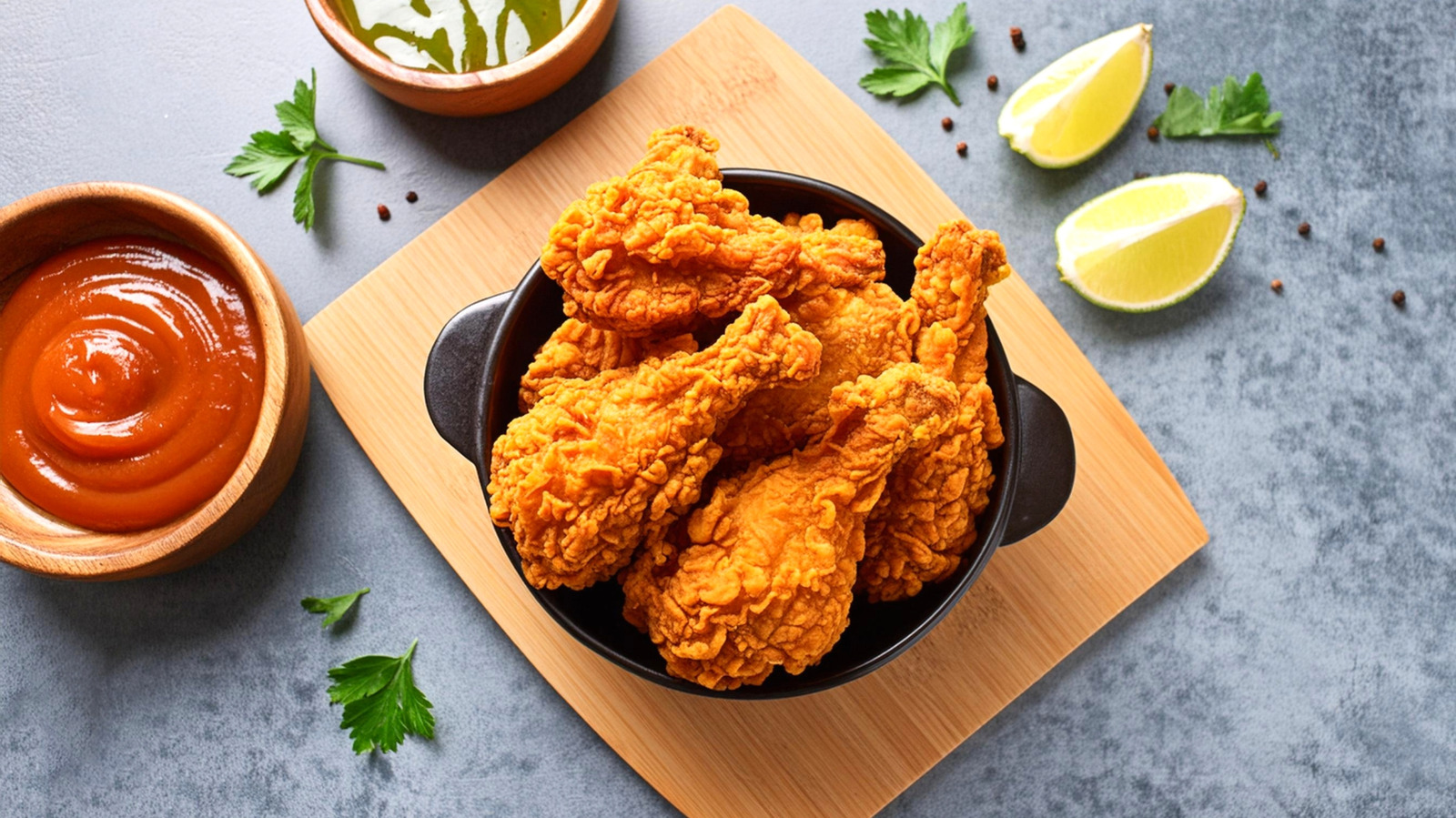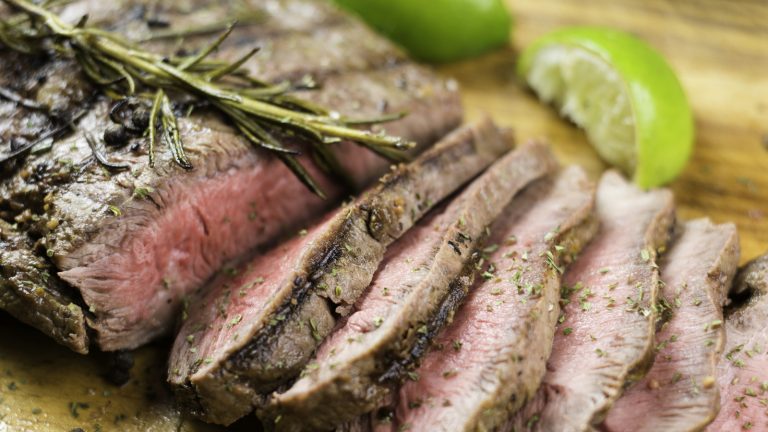It’s no secret that the juiciest fried chicken is achieved by brining it first. But maintaining the perfect balance of salt and water is an overlooked aspect of this trick that Dennis Littley, chef and recipe expert at Ask Chef Dennis, believes is vital to get right — if you want to keep your chicken tender and flavorful, that is.
“… That 6 [percent] salt-to-water ratio is considered the sweet spot for good reason,” Littley said about building the right brine. “It seasons the meat through without drawing too much moisture out, which can happen with a heavier brine. It also helps the meat hold onto its natural juices, making it more forgiving when cooking.” Water and salt move from the brine into the chicken’s muscle cells, loading them with flavor and moisture at the molecular level. When it comes to what liquid you use for your brine, there’s always a bit of wiggle room, but you should never brine poultry with a solution higher than 6 percent salt.
Too much sodium, and your fried chicken ends up tough and potentially too salty. If you notice you’ve accidentally added too much salt to your solution, you can always soak your chicken in cold water to draw some out. However, when it comes to brining fried chicken, there’s no substitute for proper measurements and timing. Fortunately, making a proper fried chicken brine is a piece of cake thanks to Littley’s tried and true measurements.
How to make a brine for fried chicken
One of the best parts about a poultry brine is how easy it is to customize. A quick swap of water for the secret Southern ingredient, sweet tea kicks things up a notch, or you can add a splash of tequila for an extra bold flavor. However, using something like leftover pickle juice may require dilution (or even more salt) to hit Dennis Littley’s recommended 6% salt-to-water brine ratio.
“To make a 6% brine at home, you can use about 3 tablespoons of kosher salt (roughly 54 grams) per quart (or 1 liter) of water,” Littley told Food Republic. “That’s an easy baseline for a small batch, and you can scale up from there.” The expert pointed out that this is especially important if you plan to air fry your poultry, as it won’t have oil to lock in moisture. To help the salt dissolve properly, you can always heat up the brining liquid to a simmer, but be absolutely certain it cools to room temperature before you add your chicken.
Keep in mind that not all chicken responds well to this process. Kosher chicken is dry-brined with salt for an hour to remove any remaining blood, so additional brining may cause it to become overly salty. If you want some extra credit, try adding an equal amount of sugar to your mixture. Not only does this help balance flavors, but it also encourages browning in quick-cook methods like frying — it also compensates for extra moist skin by helping the exterior get nice and crispy.






